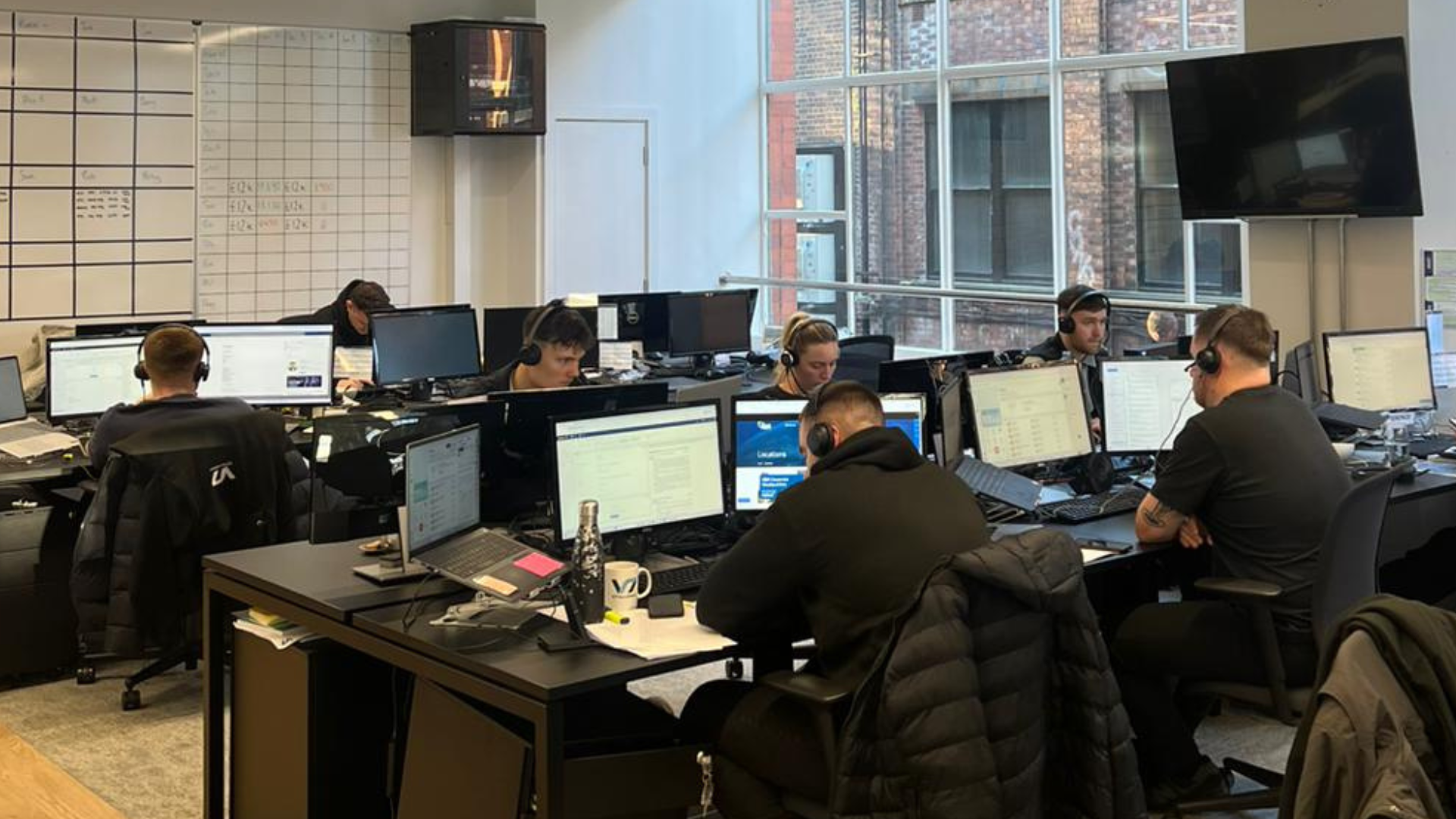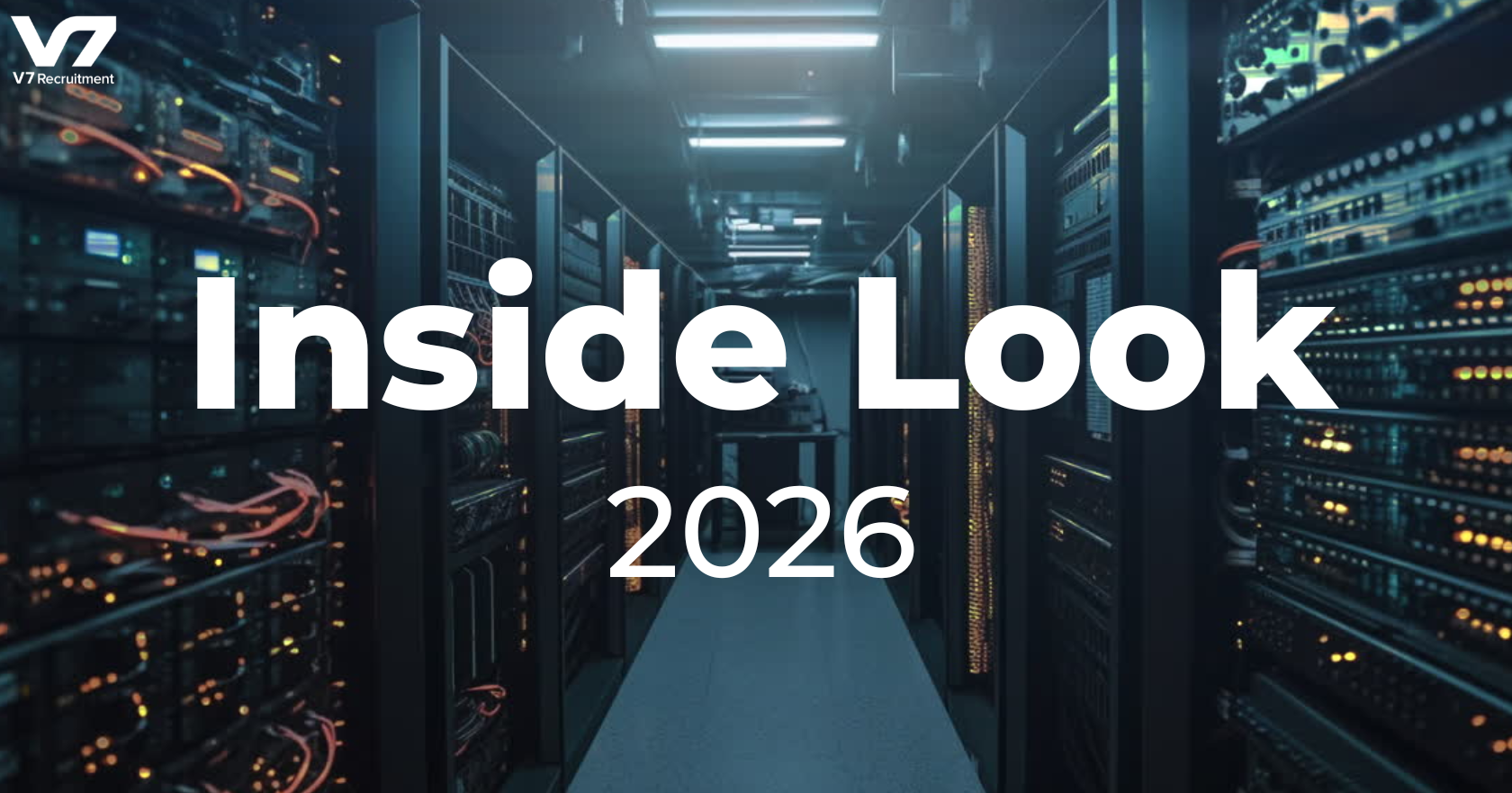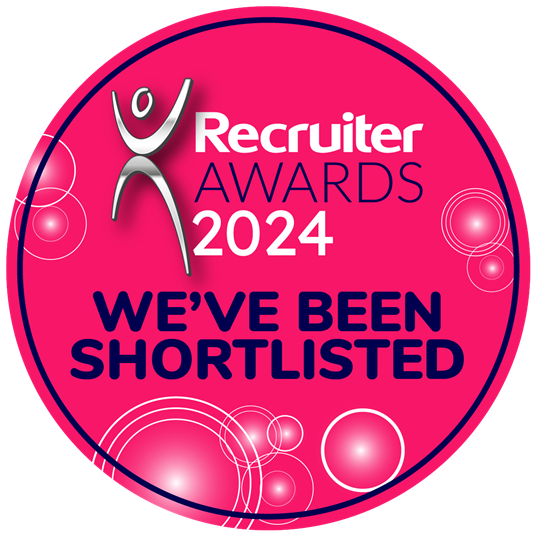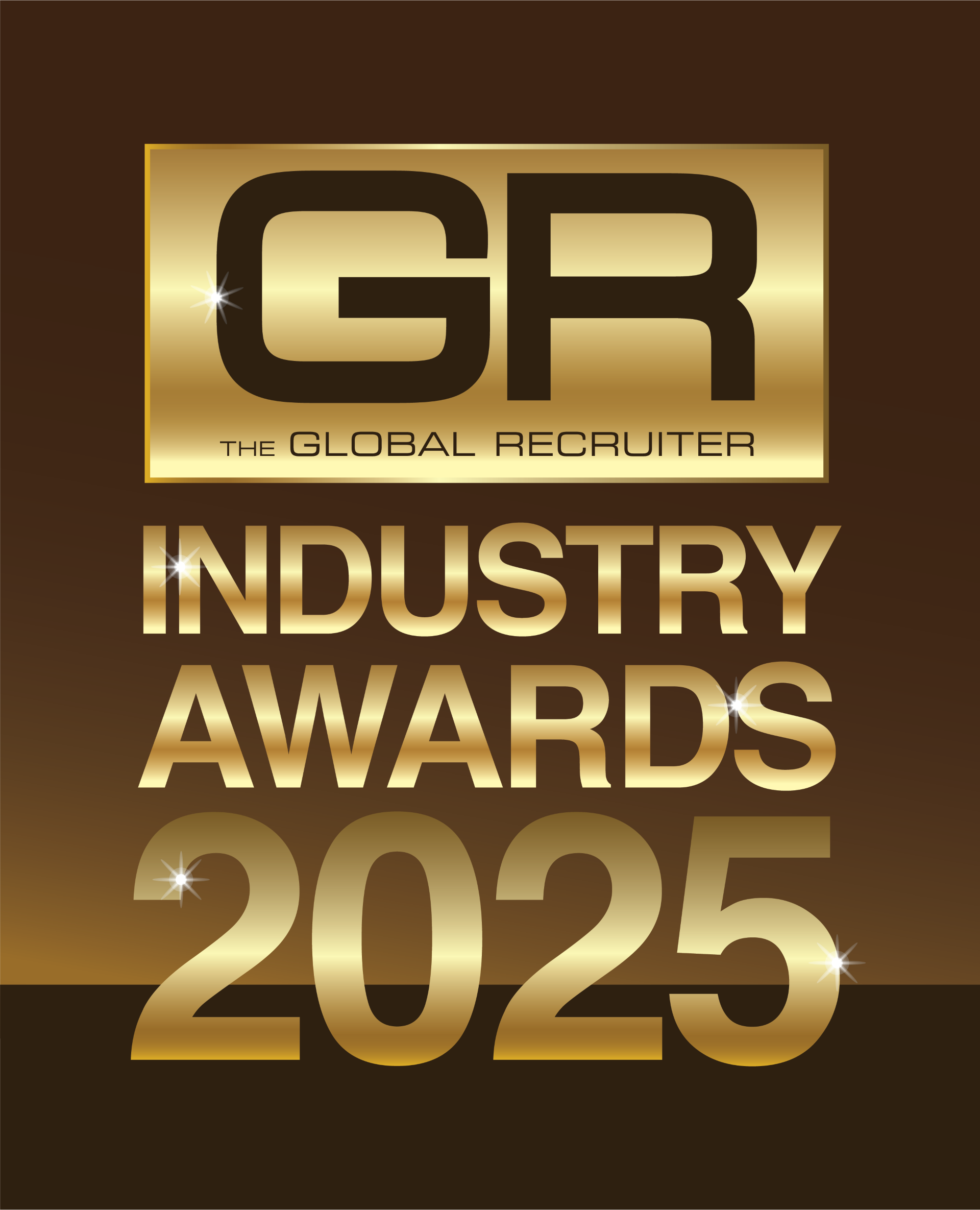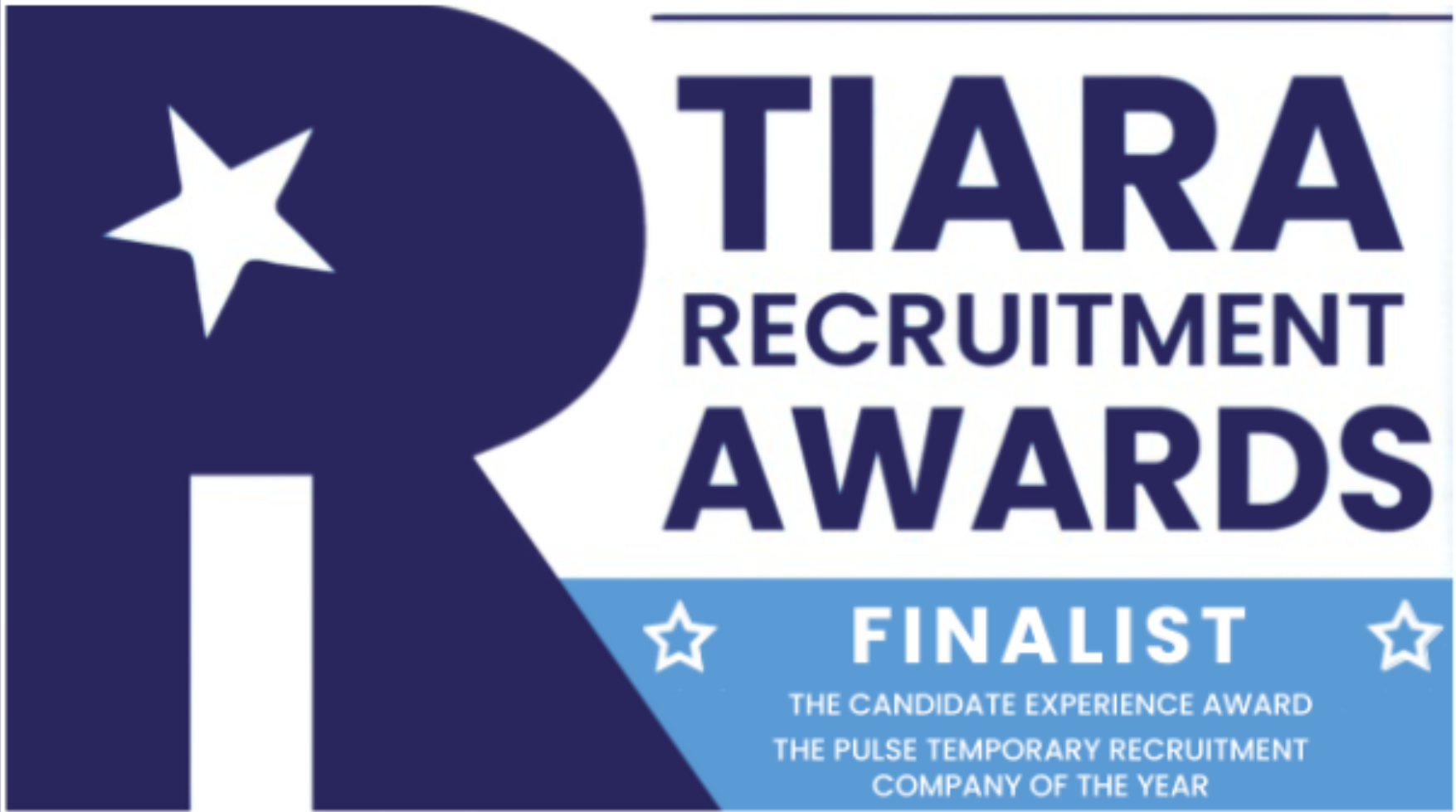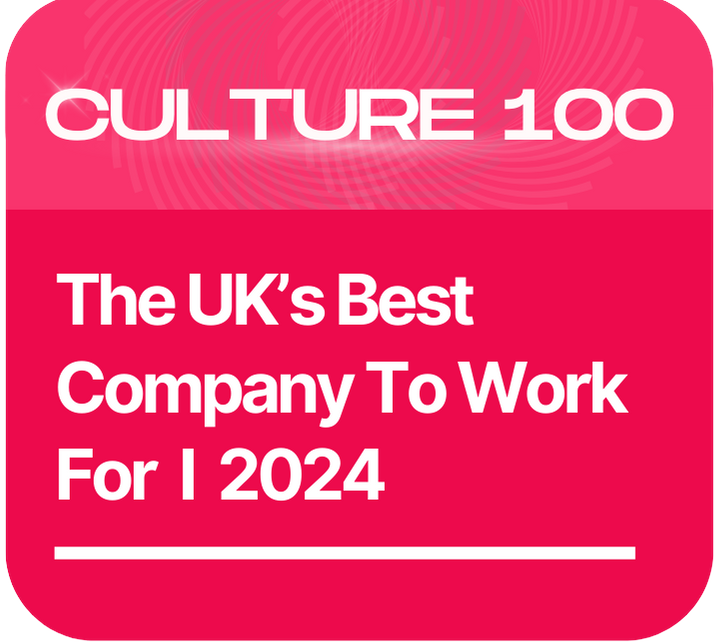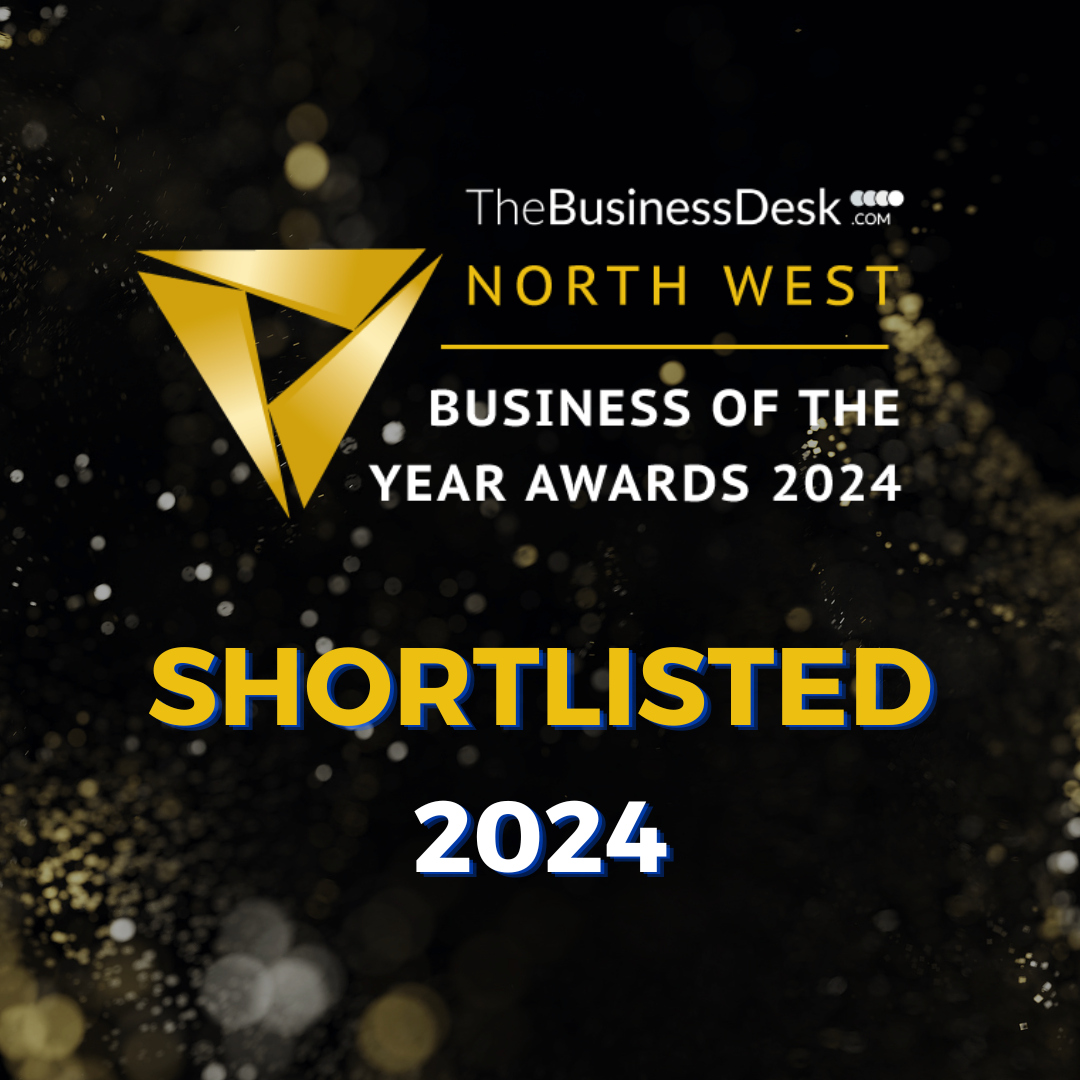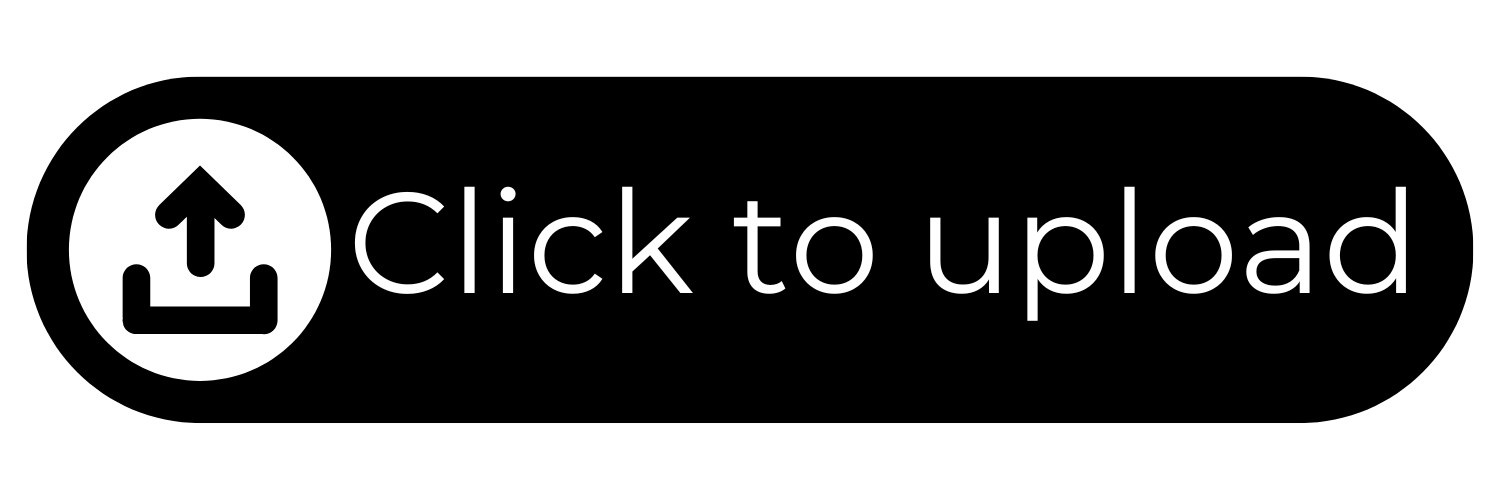4 Challenges Steering Aviation in Q4 2025
Aviation in 2025 is at a pivotal moment.
With digital transformations, rising demand, and sustainability targets reshaping the skies, the industry has many hurdles it needs to tackle head-on. And while they are significant, they also open the door for innovation and long-term growth.
Here we explore 4 challenges confronting the aviation sector in 2025.
1. Cyber Security Threats
Key Stats:
- In 2025, the size of the global aviation cybersecurity market is estimated at $5.32billion.
- 600% increase in ransomware attacks in the aviation sector in one year.
- 71% of incidents involve credential theft or unauthorised access to critical systems.
Throughout 2025, the aviation industry has remained a key target for cyber attacks. With airlines and airports relying heavily on digital systems for operations, successful cybersecurity attacks can disrupt operations, ground flights and cause massive financial losses.
According to Allianz Risk Barometer (2025), Cyber Security is ranked as the number one risk for the industry, affecting both surveillance and commercial aircrafts.
Hacks that have happened so far during 2025 have exposed weaknesses in digital resilience and operational continuity. For airlines, airports and aviation partners, the path forward is clear - proactive defense, layered security and strong cybersecurity awareness.
2. Aircraft Delivery Delays and Aging Fleets
Key Stats:
- The backlog of unfulfilled orders has surged to 17,000 aircrafts, a record high. This backlog will take 14 years to complete. .
- In 2025, airlines expect just 1,692 deliveries of aircrafts.
- Revenue generated by the Maintenance, Repair and Overhaul sector (MRO) is projected to reach $119 billion, 12% higher than 2019's peak.
In 2025, the aviation sector is still struggling with delayed aircraft schedules and a growing order backlog. Airlines that had planned on receiving new, more fuel-efficient jets, are instead forced to keep older aircrafts in service for longer than expected.
This is increasing operational strain and raising maintenance costs, with Global Market Insights sharing that the demand for commercial Aircraft MRO services will increase by 3.3% CAGR to 2032, primarily due to the aging fleet. The knock on effect of delays and again fleets is massive, with older jets burning more fuel - affecting environmental targets - and require more frequent maintenance - hindered by workforce shortages.
3. Workforce Shortages Across Functions
Key Stats:
- By 2034, the aviation industry globally will need 1.5 million new professionals.
- Nearly 70% of companies report difficulty hiring qualified technical staff.
- The average age of certified technicians is around 54 years.
From pilot shortages to air traffic controller shortages, labour is still one of the most significant aviation issues of 2025. Both scalability and safety are impacted by labor shortages, compelling governments and airlines to make investments in upskilling initiatives and training pipelines.
According to the Aviation Technician Education Council 2020 pipeline report, Aviation Maintenance Technicians are retiring at a rate that is outpacing the workforce supply. In fact, it's estimated that 1/3 of mechanics in the sector are approaching their retirement age.
This is a challenge that the industry needs to address head-on, particularly because of the accelerating technological and geopolitical changes that are happening within the sector.
4. Environmental Pressures
Key Stats:
- Aviation currently contributes ~2.5% of global CO₂ emissions..
- Sustainable Aviation Fuel (SAF) is nearly 10x more expensive than conventional aircraft fuel.
- From 2025, airlines have been required to blend at least 2% SAF, rising to 10% by 2030 and 22% by 2040.
This year, the aviation industry is facing growing environmental pressures as emissions rebound to, and in some cases exceed, pre-pandemic levels. With the industry responsible for around 2.5% of global CO₂ emissions, the pressure to become more environmentally responsible is heightening.
Which is why precedence is being put on utilising SAF.
In 2025, Sustainable Aviation Fuel (SAF) is viewed as the most reasonable near-term solution to lower the carbon footprint of aviation. The global sustainable aviation fuel market was valued at 1.7billion 2024 and is expected to grow to 74.6billion by 2034, according to Global Market Insights INC, due to the increased usage.
Sky-Soaring Services
From tarmac-locked to airborne aircrafts, V7 Recruitment supports those in the aviation industry to find leading talent and secure winning positions. Our dedicated maintenance division operates globally, and can supply either single contractors or full teams of personnel for short, medium, or long-term assignments.
Connect with our Aviation Experts Alex Waterhouse and Daisy Millar today! ✈️

Published on September 2, 2025
Written by Imogen Baumber
Leave a Reply
Your email address will not be published. Required fields are marked *
